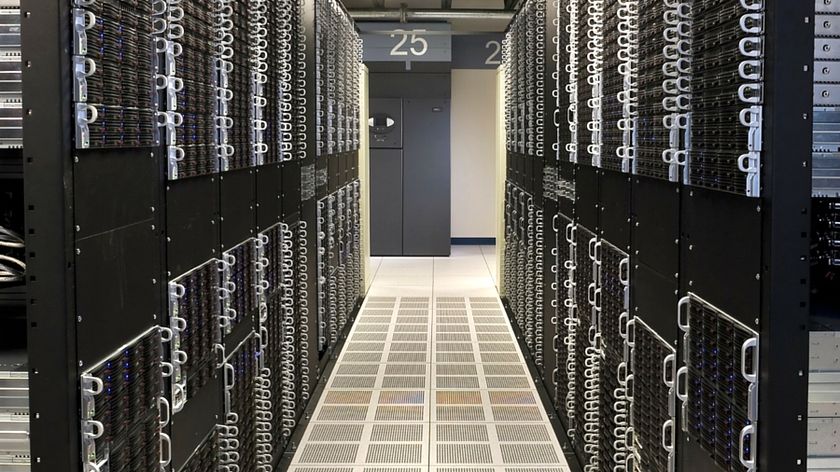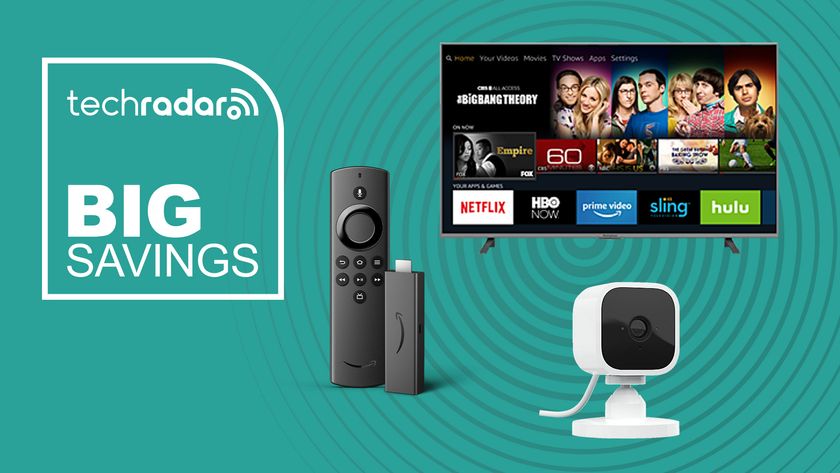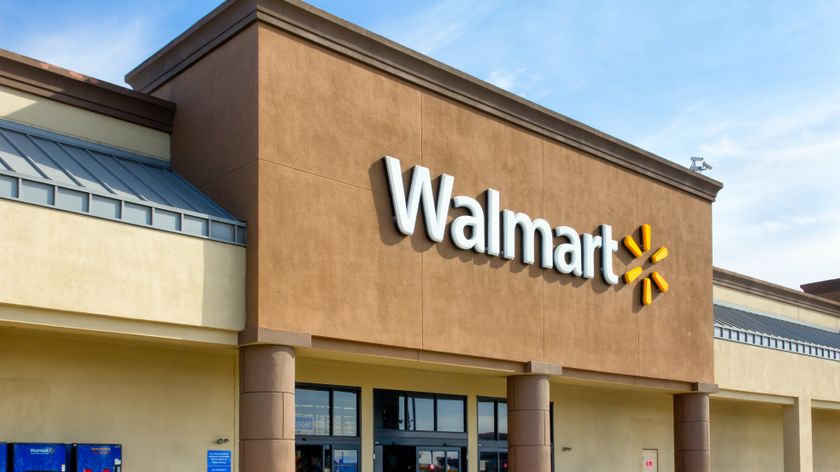Data centre trends: the reasons why colocation is growing in importance
Is colocation right for you?
TRP: Should the location of data centres be a considerable factor in selection?
RR: Much like other considerations surrounding colocation, the importance and priority placed on location will vary based on the organisation's objectives and goals. The company's appetite for change will also play a part in the prioritisation. Two sides of the same coin show the prominence of the cloud taking hold, as well as regulations on data privacy – both of which would place location at differing ends of the priority spectrum.
Depending on an organisation's day-to-day business, proximity to headquarters, internet exchanges and customers may strengthen the importance of data centre location. However, advancements and deployment of good quality fibre is reducing this necessity. The significance of location as a factor for data centre selection is also reduced by the arrival of remote hands services. Today, many providers offer remote support, decreasing the importance of location for those who are concerned with assistance and maintenance travel times for their own engineers.
Location should also be reviewed in terms of flexible capacity, so discussions with providers on how they plan to meet growth and shrinkage expectations are vital. Also, organisations often require multiple data centres in numerous locations, either for global load balancing or disaster recovery purposes. So it's not a case of one location fits all. Those providers that can offer a breadth of locations, as well as the power and commercial means to rapidly meet customer requirements, will provide a distinct advantage for businesses with changing requirements.
TRP: With physical security a big concern for many enterprises, what security measures are in place for these types of facilities?
RR: Security can mean different things to different people, but a strong colocation provider will deliver a full security strategy from data protection to physical access measures. This includes basic controls, such as ensuring exteriors do not give away what's inside the building.
This is coupled with authorised access features, including secured perimeter fencing. It also incorporates technological support, such as air locked man traps, card readers and CCTV. All security measures should also be reinforced by security personnel on site 24 hours a day.
Are you a pro? Subscribe to our newsletter
Sign up to the TechRadar Pro newsletter to get all the top news, opinion, features and guidance your business needs to succeed!
When devising a data centre security strategy, there are three factors all colocation providers should consider:
- The geographic threat environment, or put more simply, the location of the data centre and the associated risks.
- The target market. If customers are major financial organisations then security requirements are likely to be much higher than prospective SME customers.
- Any security constraints or limitations. This could be that the size of the site means the provider can't have a big gap between the fence and the buildings, or that the local government won't allow a fence to be put up.
In the past, privacy and regulatory compliance have posed a barrier to particular industries. But best-in-class colocation providers now offer knowledge, ability, discipline and certification surrounding the secure handling of data to ensure peace of mind for their enterprise customers.
TRP: Which connectivity options are available for colocation providers?
RR: Connectivity options ensure organisations have visibility, control and optimisation where required. Some colocation providers will offer end-to-end connectivity solutions leveraged on their own network. This connectivity allows for the provision of secure internet access through private networks – eliminating the need for multiple providers and the extra associated management. Connected, strong colocation players will have multiple data centres around a region to provide an extra layer of IT resiliency.
As part of a strong business connectivity strategy, many organisations will require the presence of multiple carriers and service providers. Yet, contrary to common beliefs, carrier neutral providers can also own their own network. The carrier neutrality aspect of their offering enables customers to benefit from connected third-party facilities, strengthening backup and disaster recovery strategies. Carrier neutrality requires a proactive position from the provider to support the customer's business as it evolves, with the right mix of carriers, at the right time, for the required needs of the business.
TRP: What factors need to be considered when looking for a carrier neutral data centre?
RR: Providers that are truly carrier neutral not only welcome all carriers to their facility, but they proactively ensure there are measures in place for access, such as meet me facilities.
Understanding the difference between carriers and service providers will also ensure organisations can support their business needs. Service providers will typically utilise existing fibre, whereas carriers enter separately with additional infrastructure to aid redundancy.
It is fundamental to understand that if there is only one single point of entry, there is a single point of failure. So it's sensible to look for a data centre provider that provides diverse fibre entry points and allows carriers to bring their own infrastructure to the site.

Désiré has been musing and writing about technology during a career spanning four decades. He dabbled in website builders and web hosting when DHTML and frames were in vogue and started narrating about the impact of technology on society just before the start of the Y2K hysteria at the turn of the last millennium.










